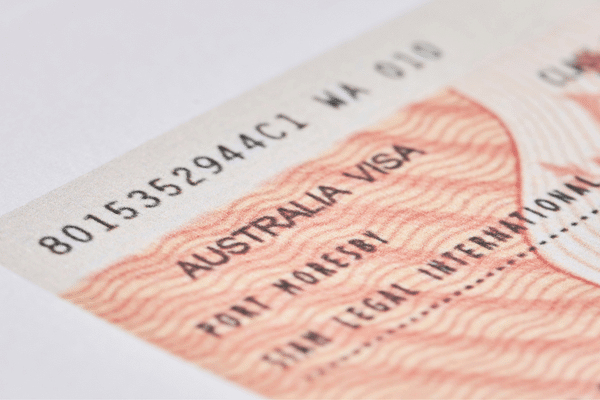Australian National Audit Office says the implementation of the Family Migration Program requires strengthening to ensure consistent and timely provision of family visa services.
ANAO initiated the audit of the Family Migration Program in 2020 after several community members and Members of the Australian Parliament including Labor MP Julian Hill raised the demand.
The objective of this audit was to ”assess the effectiveness of the Department of Home Affairs’ management of family-related visas.”
In its report, released on Monday, ANAO has said that the Department of Home Affairs’ arrangements for the design and delivery of the Family program are largely effective.
“Planning for the delivery of the program provides a suitable basis for meeting government objectives. There are shortcomings in implementation that impact the department’s effectiveness and efficiency in delivering visa services. Aspects of policy and governance require further development and documenting to ensure performance in visa processing operations is appropriately monitored and evaluated,” the report concluded.
The permanent Family Migration Program (Family program) provides for the migration of family members of Australian citizens, Australian permanent residents, or eligible New Zealand citizens. The Family Migration Program (Family program) makes up around 30 per cent of visa places made available by the government under the migration program each year.
‘Futile Exercise’
Migration Policy Expert Dr Abul Rizvi has criticised the report saying that it skirted around the issue of legality.
“ANAO saysDoHA deliberately limited the number of partner visas issued but fails to consider whether that was lawful. In fact, it comes close to saying that too. However, looks like the Department has managed to pull the wool over ANAO’s eyes. And therefore the whole exercise is futile.”

“In my view, the home affairs acted illegally,” Dr Rizvi told Indian Link.
The partner visa is a major part of the Family Migration Program and has been a topic of concern among migrant communities due to the lengthy and complicated process, leading to families being separated.
As a result, communities have been calling for a more transparent and expedited visa processing system. In the 2021-22 period, 90.3% of Family program visas granted were for partners of Australian residents. However, 10,000 partner visa places were moved from the Family to the Skilled program, reducing the Family program planning level from 80,300 to 70,300 places, and the number of places available under the Partner visa program from 72,300 to 62,300 places.
Read: Taxi driver, guilty of sexual assault with a passenger, denied visa
The Department delivered 77% of the revised planning level for the Family program and 74% for the Partner program. Dr Rizvi noted that changes have occurred since the Albanese government took over, but the audit report does not offer significant insights beyond the Department of Home Affairs changing its ways since the audit began.
Recommendations
ANAO has made six recommendations to the Department of Home Affairs. The recommendations include the DoHA ensuring its prioritisation and risk-tiering processes are fit for purpose and consistently applied within Family Migration Program visa types, irrespective of the location of processing.
“The Department of Home Affairs develop an overarching policy and governance framework for its case allocation model to guide allocation decision-making and ensure that this supports effectiveness and efficiency in the handling of Family Migration Program visa applications,” the report recommends.
The Department has agreed to implement all the recommendations.





